A SELF-TAUGHT portrait artist from Jaipur in India has impressed high profile names and taken social media by storm.
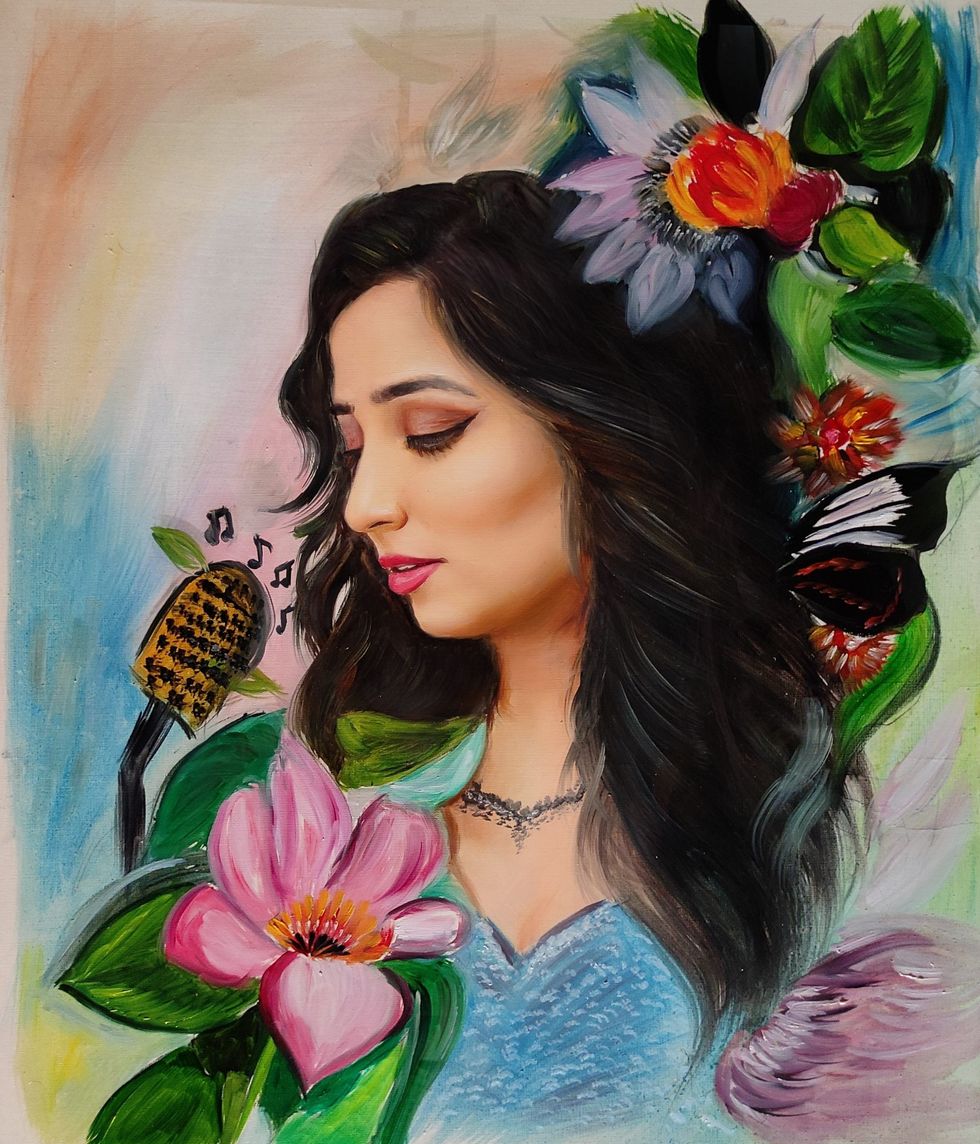
With 109,000 Instagram followers, Rishika has had her work appreciated by celebrities, including Alia Bhatt, Shreya Ghoshal, Madhuri Dixit, Amitabh Bachchan, Tiger Shroff, Ameesha Patel and Indian Prime Minister Narendra Modi. The award-winning artist has had her richly coloured work presented at high-profile exhibitions and takes portrait commissions from around the world.
Eastern Eye caught up with the rapidly rising young art star known simply as Rishika to find out more.
What first connected you to art?
My whole life is art. I have been painting and drawing from my childhood but started seriously about seven years ago. Now I work as a freelance artist. I graduated in science, but an artist always lived in me, so I spent time finding my own voice and style through experimenting on a regular basis. In many ways, I am
still finding myself in every piece I paint. I express my emotions through colours
and have always tried to improve my technique. I started using drawing and painting as an outlet for my emotions, and thus my artistic journey began.
You started working mostly in graphite and charcoal but moved to oil paintings. What drew you towards portraits in particular?
I was encouraged to find a ‘real’ job by my parents, rather than to pursue my dream of becoming an artist. I completely dedicated myself to art and have never looked back. Being the only artist in the family made me determined to practise every chance I could. Over the years, my style changed as I trained my hand to catch up with the image in my mind, but an interest in portraits always remained constant for me.
Why is that?
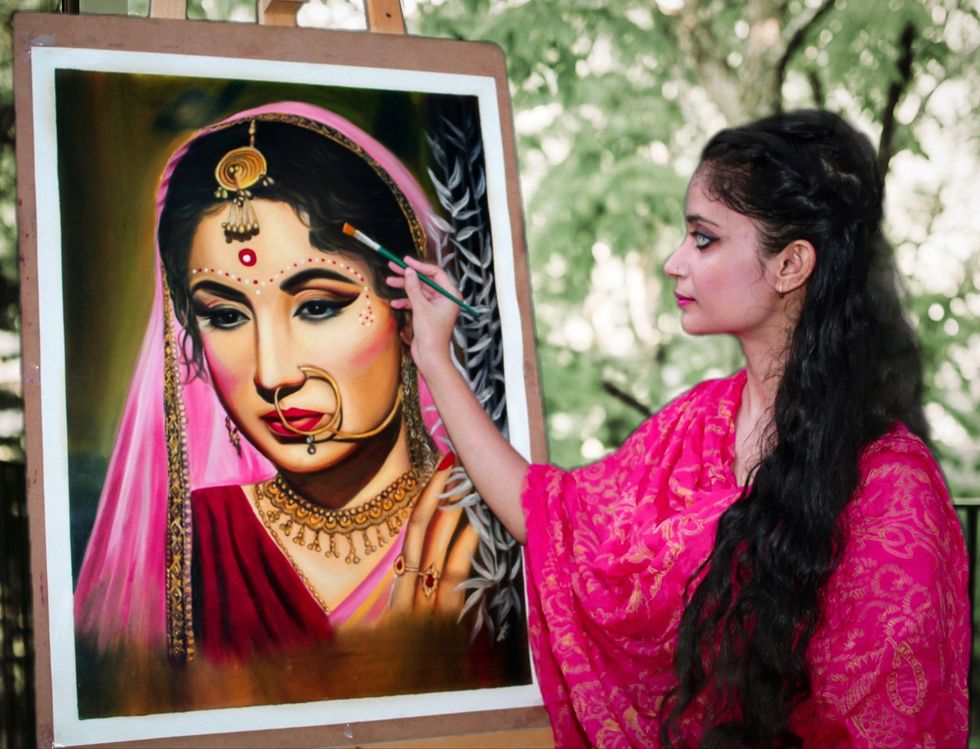
Portrait painting reflects the soul and personality. On every layer I paint, I feel I merge with their soul. A portrait’s strength is especially in the gaze, which is unique each time. Creating a complicated composition is a challenge during the process of creating my art, but very satisfying if the visuals of the theme in my head and the actual result meet well. The human portrait is my primary focus. My current style is a mix of figurative and surrealism by giving the artworks a unique style.
Your work is expressive…
The main purpose of my works is to spread inspiration for freedom of self-expression, emotion, and the courage of being myself. In my paintings, I try to convey a sense of ambivalence, peace, calmness, beauty, life, nature, and social issues. I combine reality with my fantasy world. Each painting has a little story. Each person reads them differently.
How long does a painting usually take?
Quick sketches take around two to three hours. Some paintings take around four-five days and others 15 to 20 days, depending on the complexity, before being dried and shipped out.
Which have been your favourite works?
All my artworks are a part of my soul. I am really proud of my journey and love all of my works.
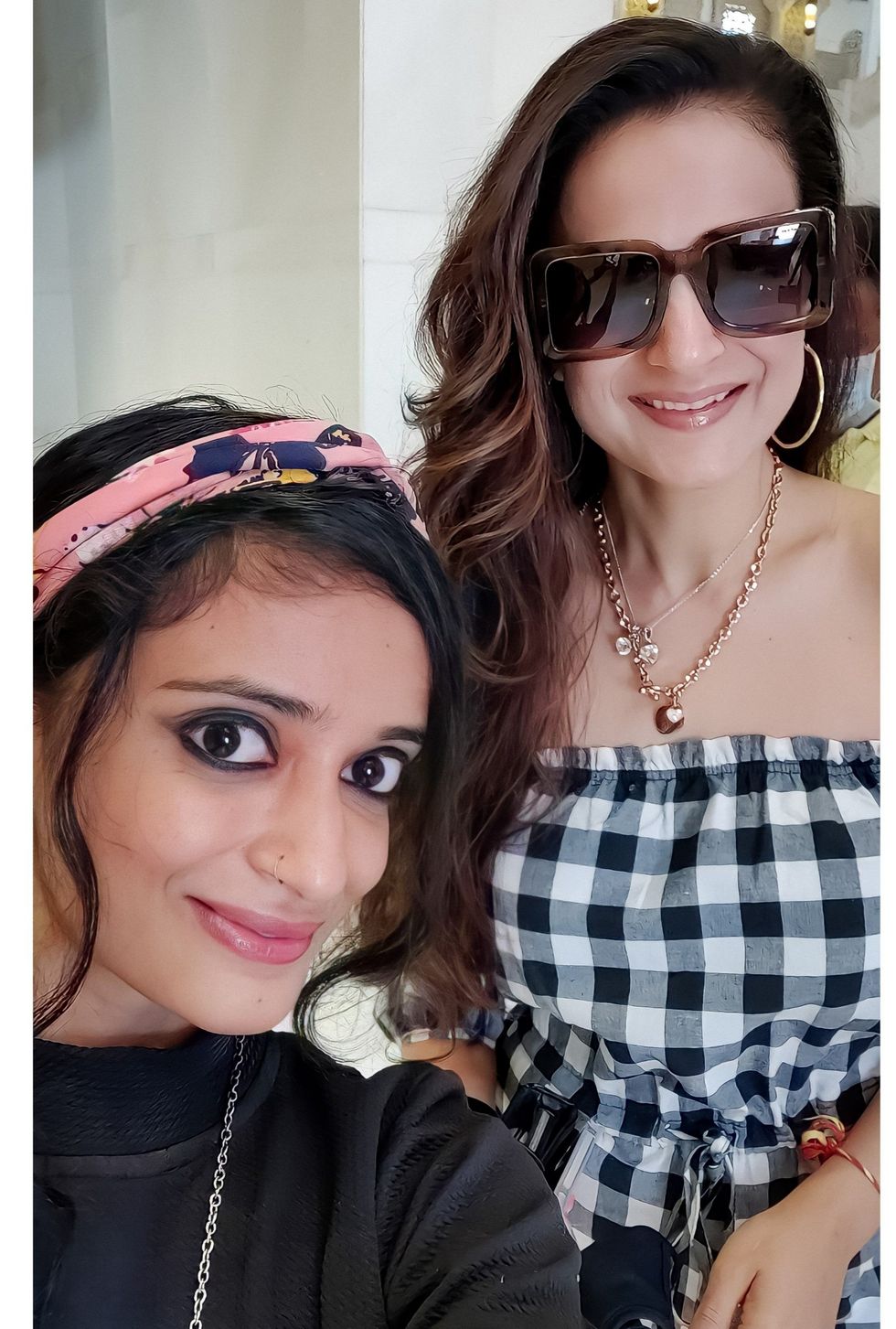
What has been the most memorable moment so far?
Moments of great pride were receiving the Web Wonder Women Award by the Government of India in 2019 and an appreciation letter from the Prime Minister of India in 2018. A memorable response came from Ameesha Patel, who is a humble, positive person. She has always encouraged me to fulfil my dreams.
You create portraits for customers globally and work closely with them. But what according to you is the secret of a great artwork?
The secret is to let little pieces of your heart go into each artwork you make. Each time I paint from my imagination, it’s like discovering a new place and giving it a physical form. I often say a bad day painting is better than a day of not painting at all.
What inspires you as an artist?
I find inspiration in the world that surrounds me. That’s why I try to pay attention to every detail on my paintings, in order to capture emotions and feeling of the things that inspire me. I see beauty in the simplest things and fix these moments on canvas and paper. I am self-taught and look for inspiration everywhere. I love the freedom being open minded to the creative process brings.
Did lockdown affect you creatively?
No, it didn’t. I’ve created many artworks on whatever was happening at that time. I discovered painting as a means of meditation, relaxation, and self-expression. I’ve made donations to organisations, derived from the sale of my artworks. I would be able to paint whole day in a closed room with a paintbrush in my hand.
Your advice for aspiring artists...
You don’t have to be born with some extraordinary talent to master this art. Hard work and practice is the only key. I think the artist should not restrict themselves to a particular style or technique. The universe is limitless, so the art is as well. Learn through trial and error, and keep practising to show what you can do.
What are your future plans?
A picture can speak a thousand words, and so I want to share my perspective towards life, emotions and dreams with the world. In today’s hectic world, I am committed to inspiring more people to take up art as a way to find calm and build resilience. I want people to experience colours they haven’t seen before. I want my art to touch someone’s core, influence ways of thinking, give a voice to the silenced and show everyone that it is possible to live the life of your dreams. If I could convince my viewer that they have the power and key to free themselves from fear, and live their life to the fullest, while exploring exciting new possibilities, my goal would be fulfilled.
Why do you love painting?
I ask myself why I have dedicated my life to being an artist and the truth is that I make art because it is part of who I am. I feel that art makes me unique and without it I would be lost. I am addicted to painting. Just like water and air, art is a necessity for me. Finishing a painting fills me with a sense of accomplishment and pride. I am obsessed with the magic of colour and adore patterns. Sometimes I use my own face in my artworks to express feelings and emotions of a woman. I love making paintings that make people feel connected to themselves. Painting brings me closer to the feeling that life consists of magic and mystery, and that there is more life around us than we think. That there is energy in everything.
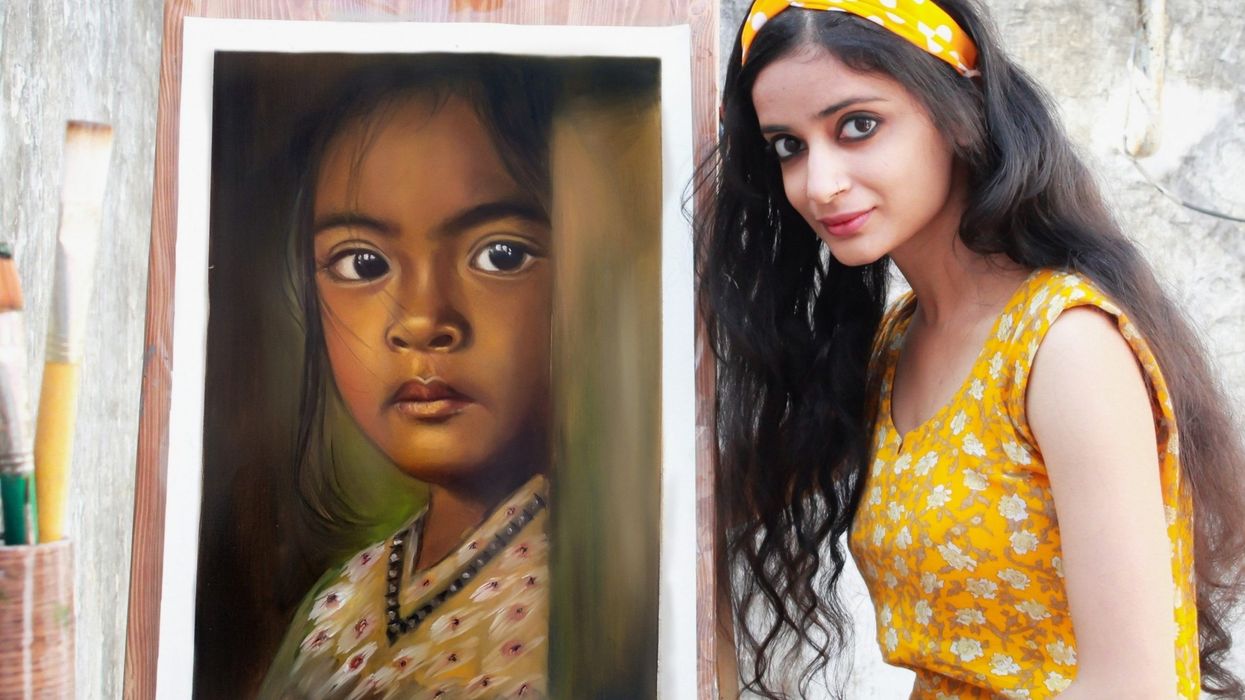




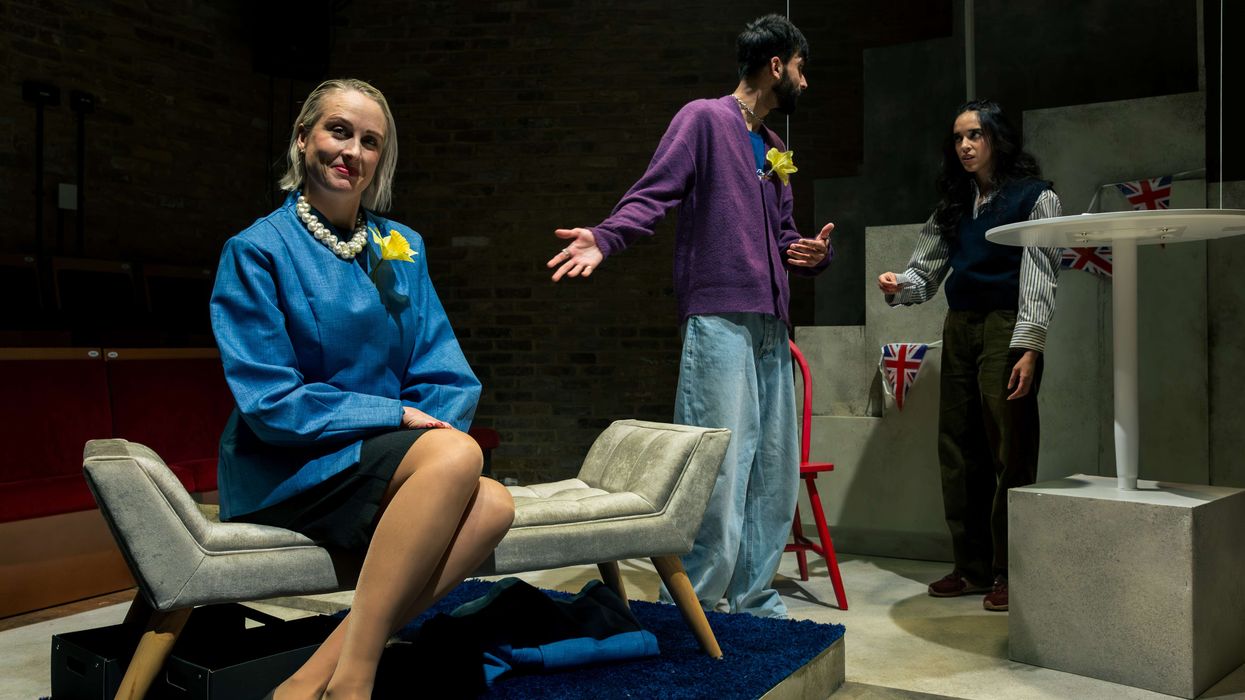
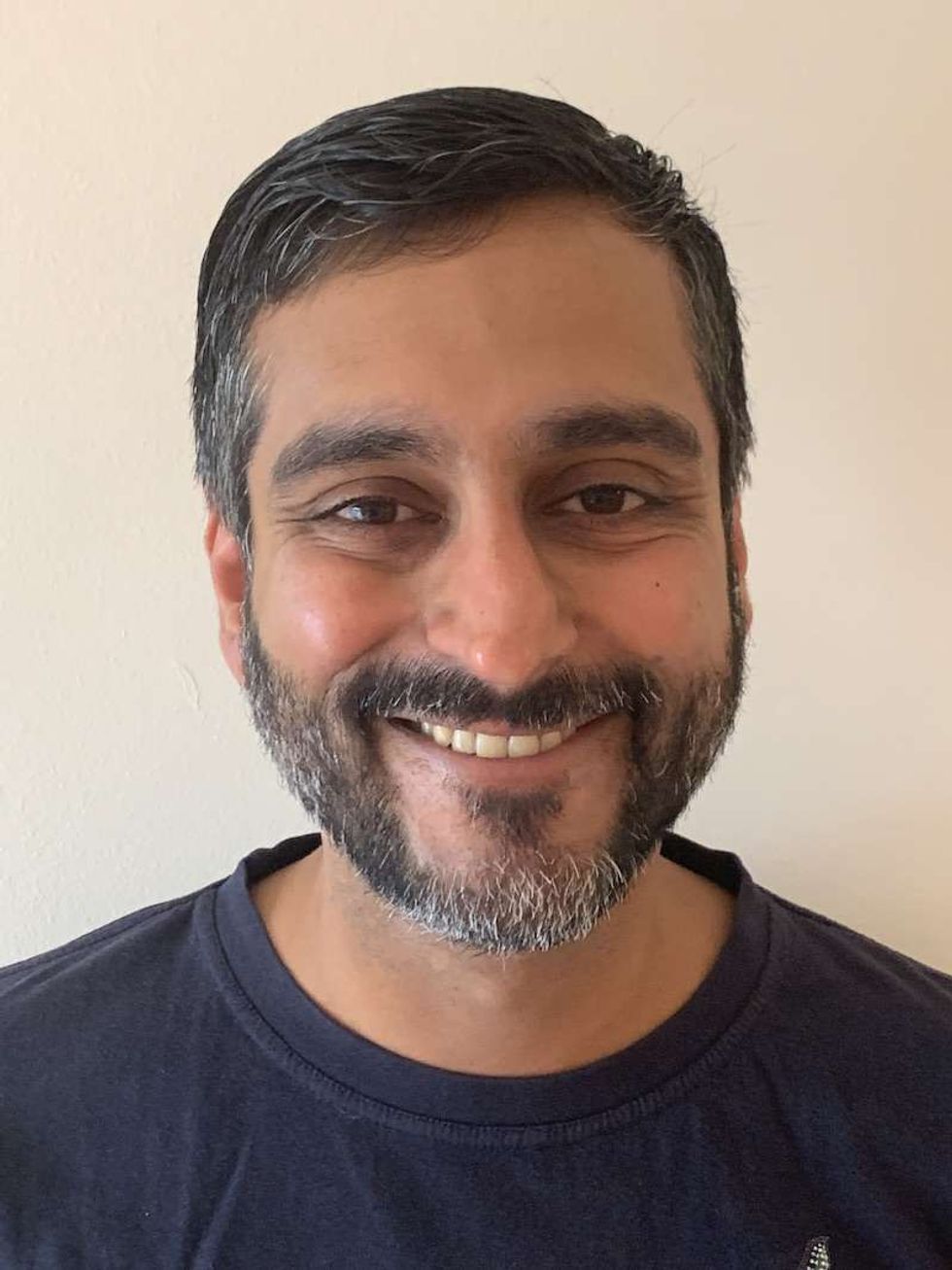 Vivek Nityananda
Vivek Nityananda 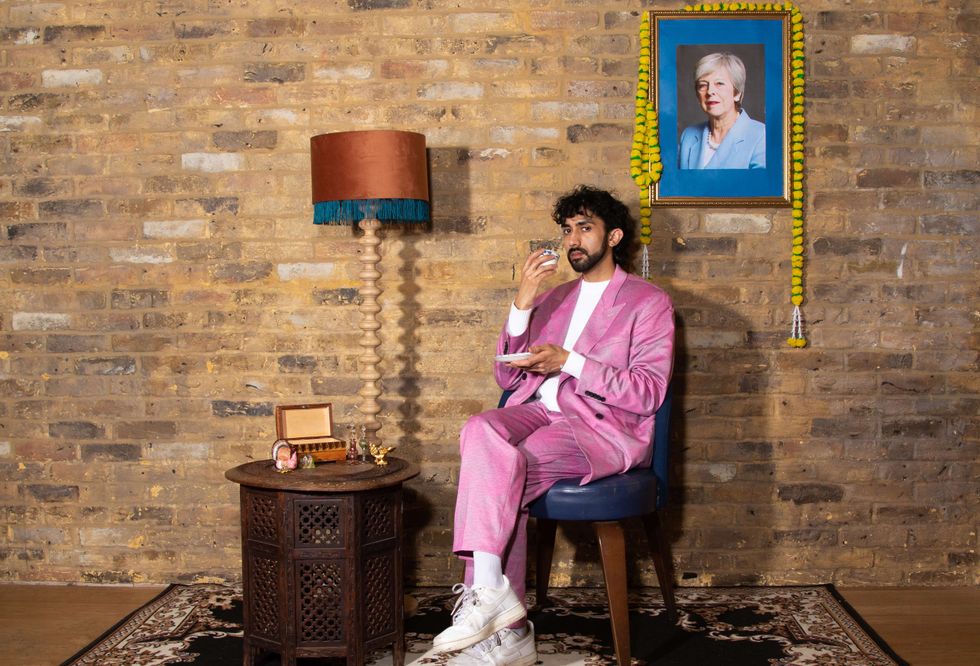 Taraash Mehrotra as Nikhil
Taraash Mehrotra as Nikhil






